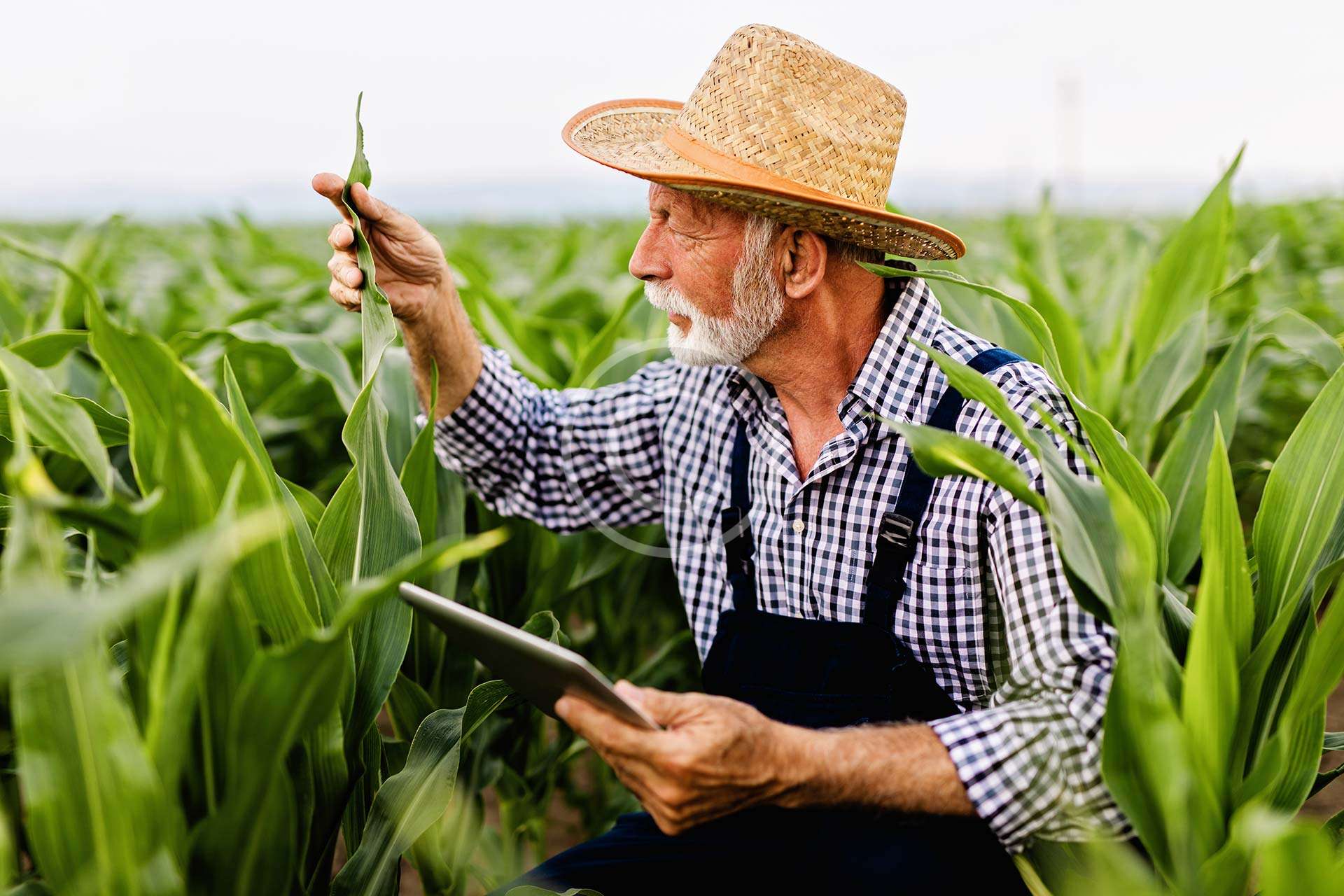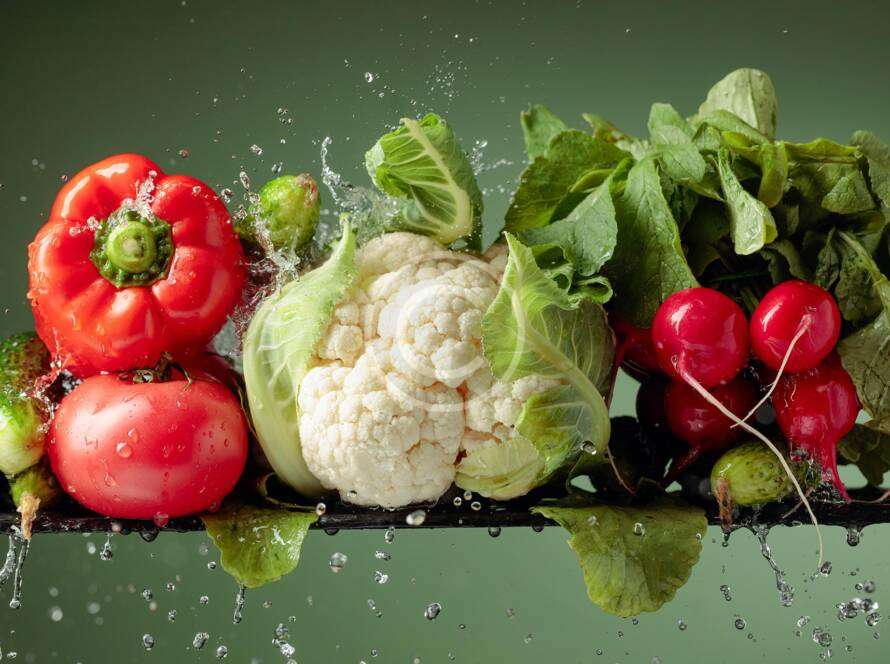Digital agriculture, also known as smart farming or precision agriculture, has seen significant advancements over the past five years. Here are some key learnings from this period:
1. Data-Driven Decision Making
- Integration of Data Sources: Farmers have learned to leverage various data sources, including satellite imagery, drone footage, IoT sensors, and weather data, to make more informed decisions. The integration of these data sources has improved the accuracy and efficiency of farming operations.
- Big Data Analytics: The use of big data analytics has enabled farmers to process large volumes of data to identify trends, predict outcomes, and optimize resource allocation. This has led to better crop management and increased yields.
2. Enhanced Crop Monitoring and Management
- Real-Time Monitoring: The adoption of IoT devices and remote sensing technologies has allowed for real-time monitoring of crop health, soil conditions, and environmental factors. This has helped farmers detect issues early and take corrective actions promptly.
- Precision Farming: Precision agriculture techniques have become more refined, allowing for precise application of inputs such as water, fertilizers, and pesticides. This targeted approach has reduced waste, minimized environmental impact, and improved crop productivity.
3. Automation and Robotics
- Autonomous Machinery: The use of autonomous tractors, drones, and robotic harvesters has increased, leading to greater efficiency and reduced labor costs. These technologies have also enabled farming in challenging environments and during labor shortages.
- Robotic Weeding and Planting: Robotic systems for weeding and planting have become more sophisticated, providing accurate and efficient solutions for managing crops and reducing reliance on manual labor and chemical inputs.
4. Sustainability and Environmental Impact
- Sustainable Practices: Digital agriculture has promoted more sustainable farming practices by optimizing input usage and reducing environmental footprints. Techniques such as precision irrigation and variable rate application have conserved water and minimized the use of fertilizers and pesticides.
- Climate-Resilient Farming: Farmers have increasingly adopted climate-resilient farming practices through the use of predictive analytics and climate models. This has helped them better prepare for and adapt to changing weather patterns and climate conditions.

5. Economic Benefits and Market Access
- Cost Efficiency: Digital tools have enabled farmers to reduce costs through more efficient resource management and reduced input wastage. This has improved profitability and made farming operations more economically viable.
- Market Insights and Traceability: Technologies like blockchain have enhanced supply chain transparency and traceability, providing farmers with better market insights and ensuring fair prices for their produce. This has also helped build consumer trust and opened new market opportunities.
6. Challenges and Adoption Barriers
- Connectivity Issues: While digital agriculture has advanced, connectivity in rural areas remains a challenge. Limited access to reliable internet has hindered the adoption of some digital tools and technologies.
- Data Management: Managing and interpreting large volumes of data can be overwhelming for farmers. There is a need for user-friendly platforms that can simplify data analysis and provide actionable insights.
- Initial Investment: The initial cost of adopting digital technologies can be a barrier for small and medium-sized farms. Despite the long-term benefits, the upfront investment can be prohibitive for some farmers.
7. Collaboration and Education
- Knowledge Sharing: Collaboration among farmers, technology providers, and researchers has been crucial for advancing digital agriculture. Sharing knowledge and best practices has accelerated the adoption of new technologies.
- Training and Education: Providing farmers with training and education on digital tools and techniques has been essential for successful implementation. Continued support and education are necessary to keep farmers updated on the latest advancements.
Conclusion
Over the past five years, digital agriculture has transformed farming practices, making them more efficient, sustainable, and economically viable. The integration of advanced technologies has enabled farmers to make data-driven decisions, monitor crops in real-time, and optimize resource usage. However, challenges such as connectivity issues and initial investment costs need to be addressed to ensure widespread adoption. Continued collaboration, education, and support will be key to unlocking the full potential of digital agriculture in the years to come.


